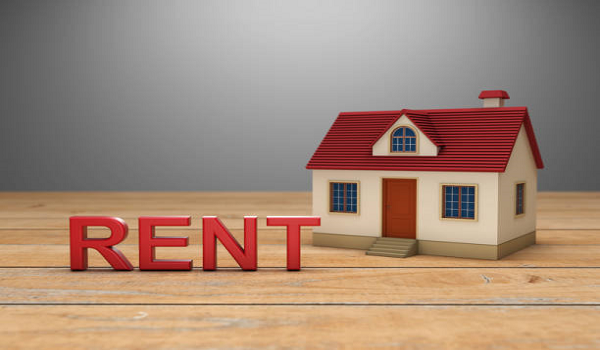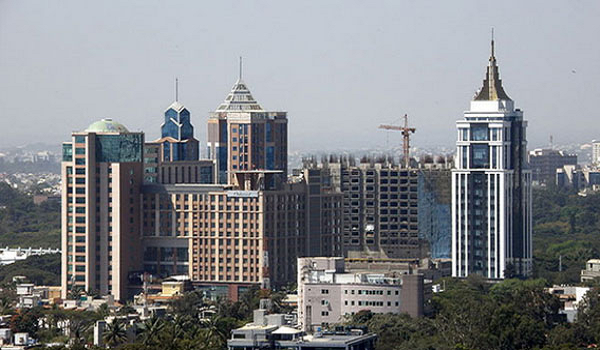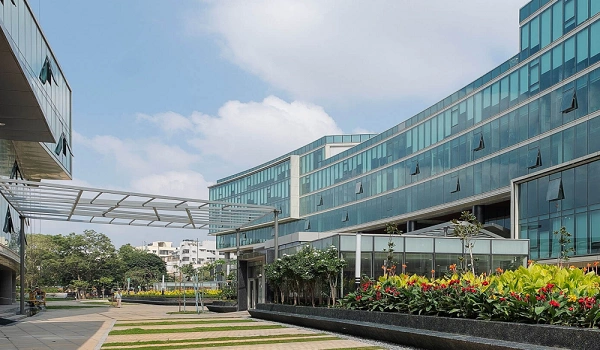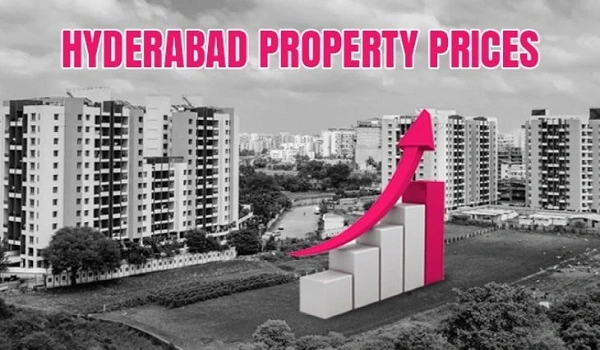Rise Of Multi-Use Zones: Where You Can Live, Work, Learn, Heal & Connect
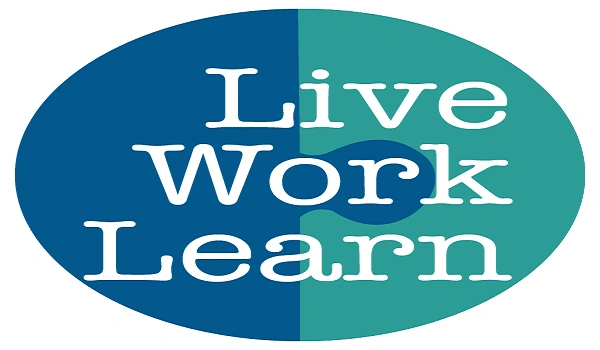
Multi-use zones are neighbourhoods where homes, offices, shops, parks, and even health centres are built close together—sometimes in the same building. The goal is simple: make everyday life easier. Instead of spending hours in traffic, you can live, work, shop, and relax all in one place.
This idea isn't new, but after the COVID-19 pandemic, it has taken on a deeper meaning. Today, it's not just about "live, work, and play." People also want places where they can learn new things, take care of their health, meet others, and feel part of a community. Multi-use zones help make that possible.
Before 2020, mixed-use areas were mostly about cutting down commutes. But now, with hybrid work becoming common (many people now go to the office only 2–3 days a week), the need for single-use office buildings has gone down.
This change has left many office spaces empty, especially in city centers. Developers are now turning these into residential units, co-working hubs, learning studios, and wellness spaces. Multi-use zones have become the answer to keeping these places alive and useful.
For a multi-use area to really work, it needs to be more than just a mix of buildings. It should feel like a complete, connected space. Some key features include:
- Everything Within Walking Distance: People should be able to walk or cycle to schools, offices, parks, and shops. A good multi-use zone usually has wide footpaths, shaded walkways, and safe crossings.
- Smart Use of Land: By using land for more than one purpose (like having shops on the ground floor and homes above), developers make better use of limited space, especially in crowded cities like Bangalore or Mumbai.
- Green and Open Areas: Good multi-use communities always leave room for gardens, walking paths, and gathering areas. These help people relax, exercise, and meet others.
- Safety and Comfort: Security, clean streets, lighting, and basic services are all built into the plan. Everything should be easy to access and safe to use.
- Adaptable Buildings: Spaces are designed to change over time. An office floor might later become a gym or clinic. This flexibility makes the zone future-ready.
- Vertical Mix: A tall building with a mall at the bottom, offices in the middle, and apartments on top. This is common in cities with less land.
- Horizontal Mix: A group of buildings that each serve different purposes, like homes next to shops and schools. This is common in suburbs.
- Lifestyle Centers: These are modern areas with luxury shops, cafes, gyms, and stylish homes, often for a premium lifestyle audience.
- Hybrid Districts: Larger areas that bring together public buildings, private offices, homes, and transport in one planned space.
- Indian Cities Are Running Out of Space: With more people moving to cities, land has become scarce. Mixed-use projects allow us to do more with less.
- Daily Life Is Getting Busier: People want to spend less time travelling and more time with their families or doing things they enjoy.
- The Work-From-Home Era: As more people work from home or follow hybrid work schedules, the need for flexible, nearby workspaces has grown.
- Sustainability Goals: Multi-use zones help reduce car use, lower pollution, and support eco-friendly lifestyles.
- Government Support: India’s Smart City projects and transit-oriented development (TOD) plans encourage walkable, mixed-use growth.
- Life Is Easier: Everything you need is close by—groceries, parks, schools, clinics.
- Health Improves: More walking, cycling, and open-air spaces help you stay fit.
- Community Feels Stronger: You meet your neighbors more often, which builds friendships.
- More Customers: Offices and homes nearby mean more foot traffic.
- Better Work Environment: Easy access to cafés, gyms, and shops helps attract young professionals.
- Higher Rents for Office Owners: Businesses are willing to pay more for offices in vibrant, walkable zones.
- Less Sprawl: By stacking functions together, cities grow smart, not wide.
- Lower Emissions: With fewer car trips, air pollution and noise go down.
- More Active Neighborhoods: Instead of shutting down at 6 PM, these areas stay lively into the evening.
Even though multi-use zones offer many benefits, they’re not easy to build. Developers and city planners face real hurdles:
- Old Zoning Laws: Some cities still have rules that separate homes from offices and shops.
- High Cost: These projects need careful planning and big investments.
- Local Opposition: Residents might worry about more traffic or changes in the area.
- Design Issues: Balancing private and public spaces takes skill.
- Affordability: Homes in such zones may cost more due to their location and features.
- Birla Evara Sarjapur Road, Bangalore: A modern township with homes, retail, wellness, and green spaces, designed for work-life balance.
- Magarpatta City, Pune: A mix of homes, offices, schools, and parks in a self-contained area.
- BKC, Mumbai: Once purely commercial, now includes homes, malls, and community hubs.
- Mindspace, Hyderabad: IT parks blended with homes, hotels, and leisure.
- IKEA Hub, Noida: Retail, food, offices, and public gathering areas in one complex.
- Smarter Design: More use of tech like smart lighting, waste tracking, and real-time energy control.
- Neighbourhood Hubs: Each city area will have its own small multi-use zone.
- More Green Thinking: Rooftop gardens, rainwater harvesting, and solar power will be common.
- Better Community Life: Multi-use zones will become places where people connect, not just pass through.
Multi-use zones are shaping the way India’s cities grow. They make daily life simpler, support healthier habits, and bring people closer together. Projects like Birla Evara show how future homes can offer much more than just a place to stay—they can offer a complete lifestyle. In a fast-moving world, these spaces may be the best way forward for balanced, connected, and meaningful urban living.
| Enquiry |


